This blog has been written by guest writer, John Bissell:
It was that magic part of the day when the night gradually gives way to dawn as I drained the last of my brew and sat down to lace up my boots. I had spent hundreds of dawns in that valley since I could walk in there and the place was special to me to say the least. I knew it well. I had been away overseas for some time and this was a welcome home visit to ‘my’ valley.
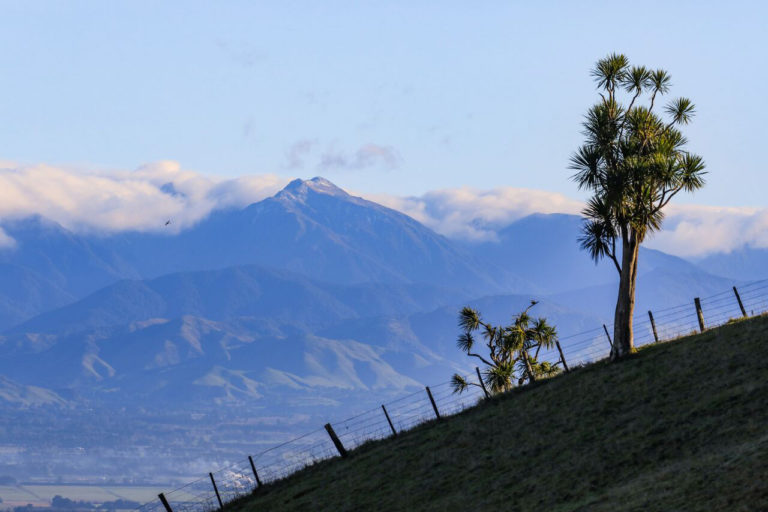
As I laced up my boots, I gradually became aware that something was different. The more I dwelt on it the greater the feeling became that had changed. I paused and spent time searching for what it was. I stayed like that for a minute or so, until it suddenly dawned on me. It was the bird song. Or more to the point, the amount and volume of it. I had never heard anything like it in the valley before, and quite frankly I was stunned.
Up and down the valley, bell birds and other species peeled out their greeting to the new day. Then I remembered that a small group of committed people had started predator control in this valley about the time I went overseas. It didn’t take a rocket scientist to work out that these amazing people had made such a difference and as I walked out, I had a lot to think about. I realised that morning how easy it is to forget how much we have lost and what a small group of people working together can achieve.
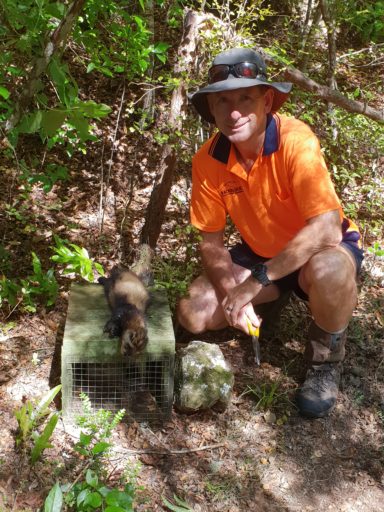
My name is John Bissell and I own a company called Backblocks, specialising in predator control and protecting vulnerable species. That was my ‘moment’ and no doubt many of you can remember a similar ‘moment’ of your own. It has shaped my life since then and I know from all the people I meet, that many of you are equally driven. It really doesn’t matter how you got here, the fact is that you are doing your bit.
My moment was years ago and long before Predator Free was ever uttered or dreamed about, and boy have things changed since then. So, what is Predator Free to me? For me it means a lot. Predator Free is ambitious and aspirational. Most importantly it is the start of a movement that has changed the way everyday New Zealanders view the environment around us. No longer is pest control the preserve of agencies, it is everyone’s challenge!
This all sounds very flowery, but the simple fact remains that we have an enormous task ahead of us and our agencies need all the help they can get! The most important thing about Predator Free 2050 is that it is changing our culture. We need many hands and Predator Free 2050 is linking us together. Technology will come over time, but right now we are building the foundation and already making a huge difference. I personally don’t care what the date is. We should be in this for the difference we are making now!
But we are facing some challenges that we never really saw coming. And that is why I am writing this series of blogs. As I said, I specialise in predator control and threatened species protection. The methods I use often go well beyond the standard approach, as sometimes I am chasing one animal in a large landscape. Animals are not all born the same, even within a species. Introduced predators are some of the most wary, cunning creatures you will come across and if you want to get on top of them you had better have your A game ready.
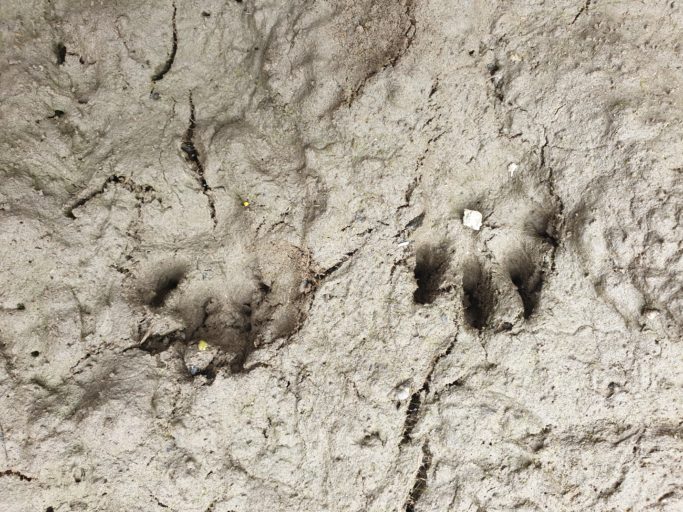
As well as the actual ‘doing’ I seem to be working more and more with groups advising, mentoring and reviewing practices. This is at the very heart of what groups need, to be and stay successful.
I want to go over some of the basics of what we all do, and I want to help you become better ‘predator hunters’. It doesn’t matter if you are a farmer, a teacher or an accountant. What matters is how you approach this.
I want you to think about everything you are doing and why. Question it all, get inside your target species’ head and try to think like them! I want you to get beyond the same old grind and method of trapping and work towards a point where you can’t wait to check the next trap and see if what you did last time has made a difference. Good trapping should be as rewarding as opening Christmas presents. If you get the basics right, I promise you that you will get better results.
In the last five years we have seen a huge surge in predator control across the country and every second newspaper or social media article seems to be about a new pest control project. There is a huge drive to create and fund new projects and get more traps and trappers involved. I am in awe of the effort being put in by all of you. Unfortunately, I am starting to see some issues.
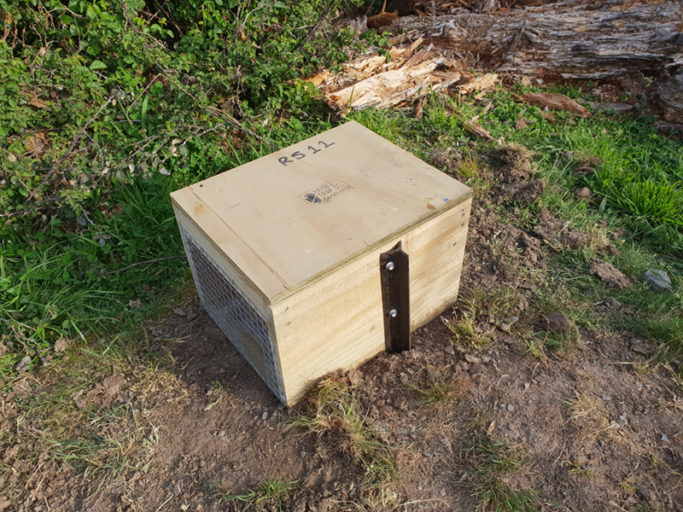
We all get excited and motivated by new projects or project areas. However, we also need to keep looking behind us. Trapping is very much like planting native trees. Everyone wants to plant trees, but very few want to weed in behind. It pains me to say that within a year of deployment many traps, are not being as effective as they could be. For every dollar we spend on traps, we should be budgeting roughly another twenty cents for maintenance and servicing to ensure they are doing the best job they can.
So, what does this all come down to? Ultimately it is about quality. If your trap network is not as effective as it can be, then the flow on effect is we catch fewer introduced predators. In fact, it is sometimes worse than that. Sometimes, we are even educating predators to avoid traps. So what can we do to avoid this happening?
Half of good trapping is knowledge and the other half is care and attention. Unfortunately, one or some of these ingredients are sometimes missing from a trapping programme.
We have community projects that need more on the ground support, and trapping regimes where the quality of the trap network could be improved.
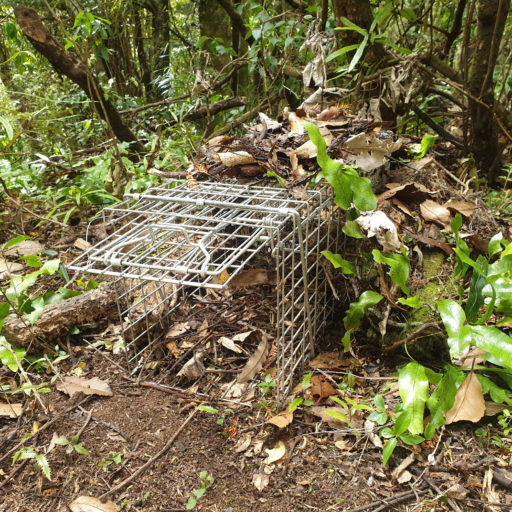
We have invested a huge amount of money and time in projects and with a bit more knowledge, care and attention, we could be more effective.
In my opinion, good trappers are not valued enough. It is a real skill. When you consider the country has a huge focus on predator control and doing more and more, there appears to be a disconnect between this and ensuring the work is maintained to a high standard.
If I had a choice between 20 traps well selected, positioned and set, or 80 (or even 200) bad ones, give me the 20 every day. This is through no fault of the various conservation organisations who do a fantastic job.
Under the current setup there is simply not enough time to get around all the projects and help people maintain them all to a high standard. It takes a lot of time.
We also need a good measure of face to face to complement Facebook. They are both important communication tools. So, what is the difference between a rough trapping regime and a top notch one? It really comes down to three things.
- Good project management/ advice/ planning
- Mentoring and training
- Auditing or reviewing practices.
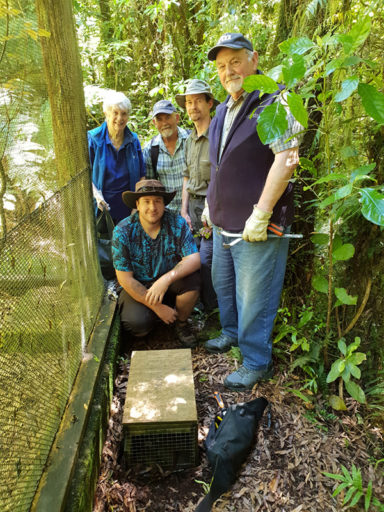
Everyone needs a highly experienced expert to get alongside them and help them continually improve their network. People who are learning need someone on the end of the phone who they can ask questions of. There are some fantastic people out there and all they need is someone available to help them right when they need it. So what should we be thinking about and doing when we are personally trapping?
Anyone can trap, but we should always be analysing, researching and practicing, to make ourselves the best we can be. We need to get inside our target species’ head to better understand them. We need to THINK like them! We need to find their strengths and weaknesses and make the most of them.
One of the terms I have created is ‘Chasing Zero’. Hence the title of this article. It is bold and aspirational and gives us something to target. There are so many things we can do to get predator numbers down really low – what it comes down to is knowledge and commitment. I don’t care if you are an accountant or run a garden centre. You can also be an elite predator hunter.
With trapping, it is the little things that combine to make a big difference. A single successful capture is the result of a series of good (smaller) decisions made by the trapper prior to the capture. We will always catch a number of predators by just setting a trap, but what we want to do is ‘catch more’. Let’s have a chat about some of the key points. I like to call them the big four. What are they?
- Selecting the trap that gives us the best chance of catching the target species and killing it as humanely as possible (for kill traps).
- Placing the trap at a site where the predator has the greatest possible chance of encountering it.
- Ensuring that when encountered, that we are presenting the trap in a way that makes the predator WANT to interact with and enter it.
- Ensuring that once the predator decides that they want to enter/ engage with the trap, that things have been made as easy as possible for them to do so.
- www.bbem.co.nz
- nzpredatorhunter (Instagram)

